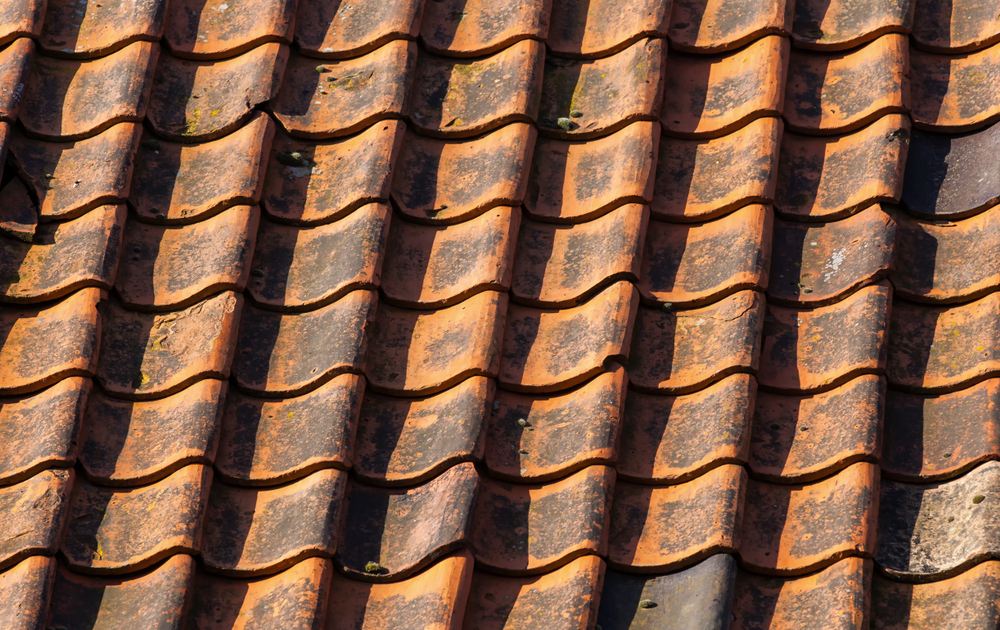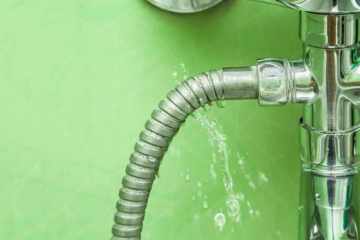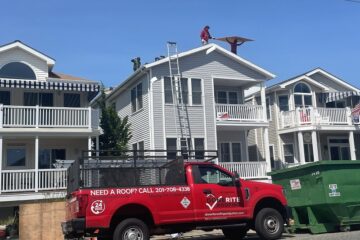What caused that stain on your roof?

When you spot discoloration on your roof, it could leave you with concerns that there’s some form of damage up there. But not all staining on a roof is a sign that your roof is damaged. However, that doesn’t mean just because it’s cosmetic it won’t irk you. A stained roof can bring down the look and the first impression of your home.
A professional roof clean will usually be able to diagnose the cause of the coloration by the color of the mark, and where it’s located. Here’s what they will be looking out for:
Green or Black Algae Stains
This is the most common cause of discoloration on a roof. It appears in patches of algae, or streaks, across the roof tiles. It may not always be green – it can appear black and blueish too. The algae grow on the roof when spores are blown there and settle, and it thrives in hot and humid climates. You can prevent it from growing there in the first place is to make sure there are no areas on your roof where water can settle.
Should you worry? Algae won’t cause any harm to your health, so it’s not urgent to have it removed. A low-pressure wash is the easiest way to remove the algae, and the process won’t damage the tiles or surface if used by a pro. Don’t be tempted to use harsh chemicals such as bleach. As these wash off your roof, they will kill the plants in your garden below. Also getting your roof professionally cleaned will prevent algae from taking hold. So put this on your maintenance to-do list.
Rust
Rust usually appears around chimneys where there is flashing. It can be cleaned relatively easily but ensure the material is treated with oxalic acid to make sure it doesn’t rust again. If you have a metal roof, a heavy power wash will get rid of the rust. At the same time, it will get rid of mildew or flaking paint on the surface, although chemicals may need to be used on tough, stained mildew patches. You’ll need to treat the roof with specialized primers and paints to prevent rust from coming back.
Trees and plant debris stains
A lush garden filled with trees makes for a beautiful space. But, if you have trees that overhang your roof, there’s a chance that they could be causing issues. Those that have seeds or berries which they drop are the biggest trouble causers. Leaves can fall and settle and then begin to decay, which can also lead to staining. Call in the water pressure cleaners and get the branches trimmed too to prevent this from becoming an annual issue.
Water stains
A discoloration that is damp is a sure sign that you have a leak. Get the attic or ceiling below it checked out and then get the hole sorted as quickly as you can.
The big three: lichen, mold, and moss
Lichen, mold, and moss are also common troublemakers you’ll find on a roof. There’s a good reason you want to attend to moss if it’s taken hold on your roof. The plant material (which looks like little patches of grass) puts down rhizoids, which are their form of roots. When these find their way into your tiles, they can cause them to crack, move, or warp. The protrusions also collect dirt and dust, which act like soil over time. Get a power cleaner team to wash it off before it reaches this established stage.
Lichen is caused by a combination of algae and fungi living together. It looks like a crusty green material on your roof. It holds water, and if you live in a climate where it gets cold enough for this to freeze in winter, it can also cause cracks in roofing (think of them as tiny potholes). If lichen becomes caked into terracotta roof tiles, it can cause permanent staining, so deal with it as soon as you can.
Mould is the biggest worry. It’s a form of fungus, and if it makes its way into your home, it can cause health problems. If mold builds up on your roof, your rafters will also be fed a constant source of moisture, which again creates the perfect environment for even more mold to grow.
Roof cleaners often perform a test using a sodium hypochlorite solution to differentiate between fungus growth and dirt.
How does cleaning work?
Once the roof cleaning team has established what is causing the discoloration on your roof, they’ll more than likely use low-pressure methods to remove the growth or stains. If a company suggests using a high powered pressure washer on your roof, be cautious. High power cleaning can damage your tiles and are unnecessary anyway. Low-pressure hoses, manual scrubbing, and other low impact methods will get the job done.
For more information visit Off Your Wall, who specializes in roof cleaning throughout Melbourne.




